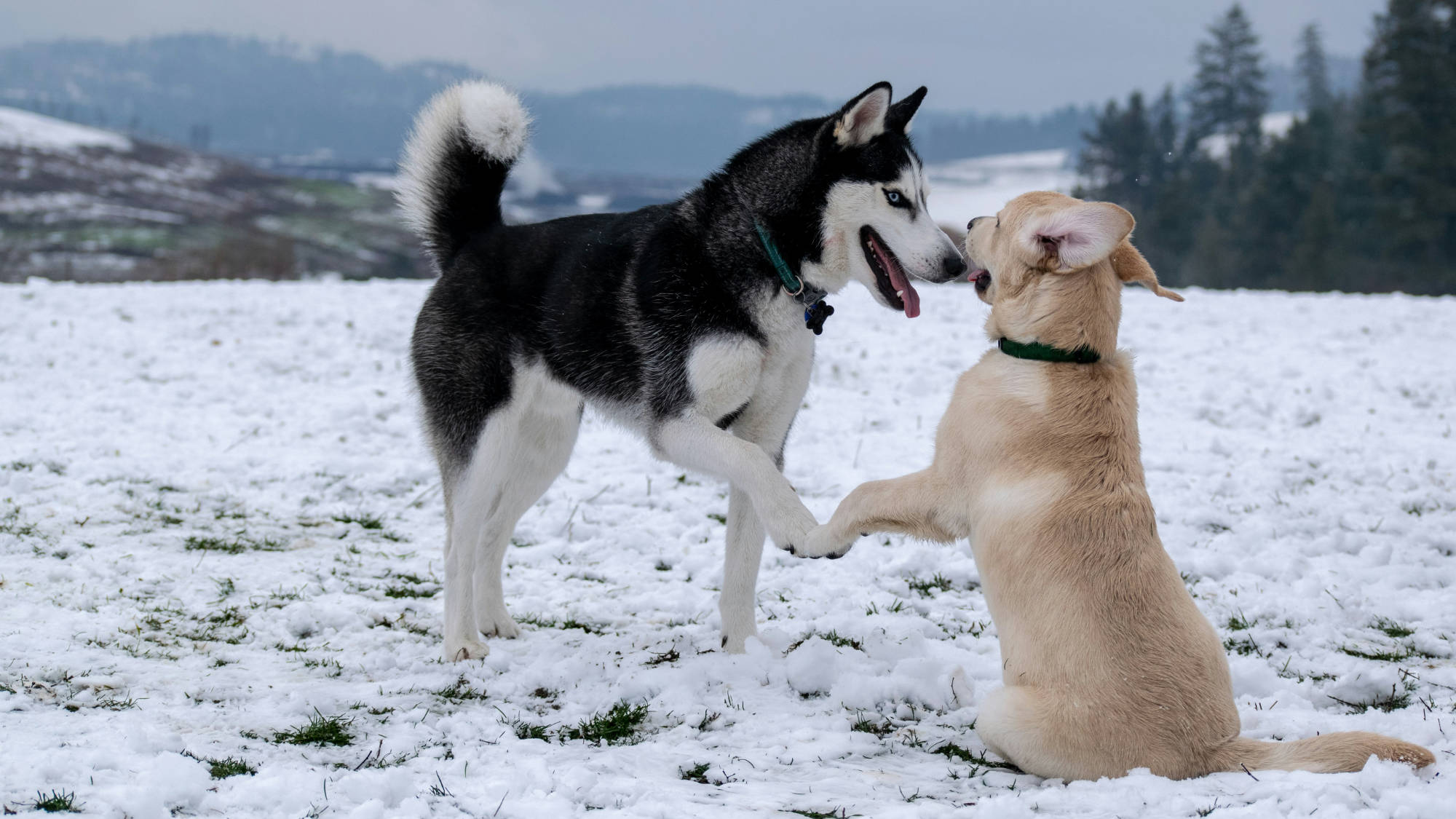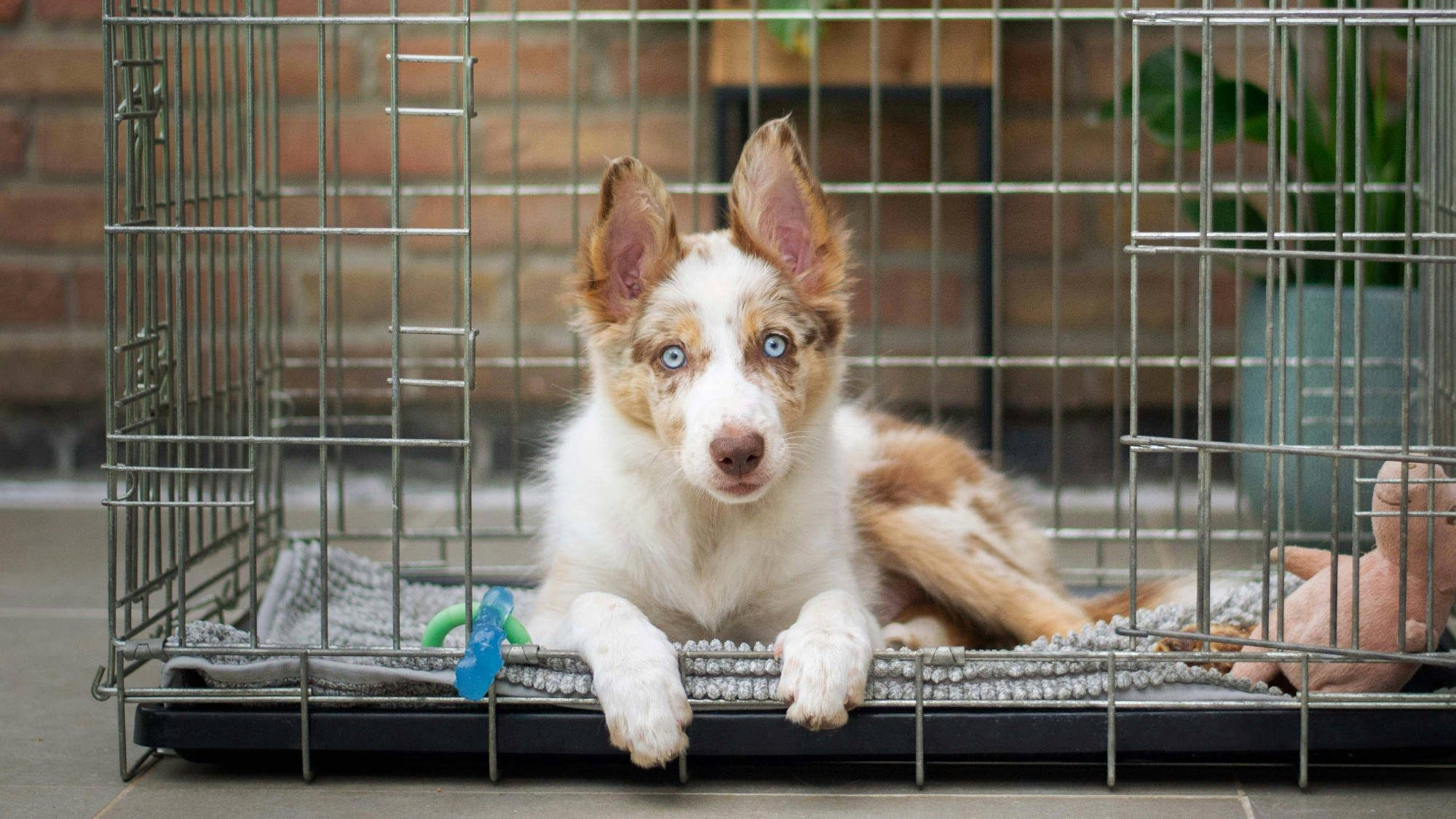Understanding Why Your Dog Barks and How to Calm the Noise
Let’s be honest, barking is part of what makes a dog a dog. It’s their way of communicating, whether they’re excited, scared, or just trying to get your attention. But when the barking becomes non-stop and disrupts the peace of your home, it’s time to step in. The key is understanding why your dog is barking and using that knowledge to guide them toward quieter behavior.
Here’s a look at common reasons behind excessive barking and some strategies to help your pup settle down.
Why Do Dogs Bark?

Dogs bark for all sorts of reasons, and it’s up to us to figure out what they’re trying to say. Here are some of the most common reasons:
- Communication: Sometimes, your dog just wants to tell you something! They might bark when they’re excited, happy, or trying to get your attention.
- Territorial Instincts: Many dogs feel the need to protect their space, so they’ll bark at anything that feels like an intrusion—whether it’s the mailman or a squirrel outside the window.
- Seeking Attention: If your dog knows barking gets your attention, they may keep doing it to get a reaction from you.
- Anxiety or Fear: Loud noises, new people, or unfamiliar environments can all make your dog nervous, leading to barking as a way to express their discomfort.
- Loneliness and Boredom: Dogs are social creatures, so when left alone or under-stimulated, they might bark just to fill the void.
- Medical Issues: Sometimes, barking is a sign of discomfort or pain. If your dog’s barking patterns change suddenly, it’s worth checking in with your vet to rule out any health concerns.
9 Ways to Help Stop the Barking
Tired of the constant noise? Here are some tried-and-true methods to help your dog stop barking:
- Identify the Triggers: Watch your dog and note when and why they start barking. Is it when someone comes to the door? Or when they hear a loud noise? Once you know the triggers, you can address them head-on.
- Use Positive Reinforcement: When your dog is quiet, reward them with treats, praise, or affection. Use a simple command like “quiet” or “enough,” and when they stop barking, celebrate that success! Over time, they’ll start to connect quiet behavior with good things.
- Provide Mental and Physical Stimulation: A bored dog is more likely to bark. Make sure your dog gets plenty of exercise and mental stimulation. Walks, interactive play, and puzzle toys can do wonders for keeping their mind occupied and energy levels balanced.
- Create a Calm Space: Designate a “quiet zone” in your home where your dog can relax, complete with comfy bedding, low distractions, and maybe some calming scents. This space can help your dog settle down when they’re feeling overstimulated.
- Distract with Toys or Treats: If your dog starts barking, try redirecting their attention with a favorite toy or a tasty treat. Engaging their mind with something positive can shift their focus away from whatever’s causing the barking.
- Rule Out Medical Issues: If your dog’s barking behavior seems unusual, or they’ve suddenly started barking more than usual, it’s a good idea to check in with your vet. Health problems could be at play, and addressing them might help reduce the barking.
- Use Consistent Commands: Whether it’s “quiet,” “enough,” or another cue, stick to the same command and hand signals when teaching your dog to stop barking. Consistency helps your dog understand what you want.
- Consider Professional Training: If you’ve tried everything and your dog is still barking up a storm, bringing in a professional trainer can be a game-changer. Trainers can work with you and your dog to develop personalized strategies that work.
- Explore Anti-Barking Devices: For some dogs, humane anti-barking devices like citronella collars or ultrasonic trainers might be helpful, if you’ve exhausted all other tools. Just be sure to pair these tools with positive reinforcement so your dog feels encouraged rather than anxious.
Remember, barking is a natural behavior, but it’s also something you can manage with patience, understanding, and consistency. Whether it’s figuring out what’s triggering the barking, creating a quiet retreat for your dog, or bringing in a pro, there’s a solution out there to help you and your dog find some peace.
A happy, calm dog makes for a much quieter—and happier—home!








